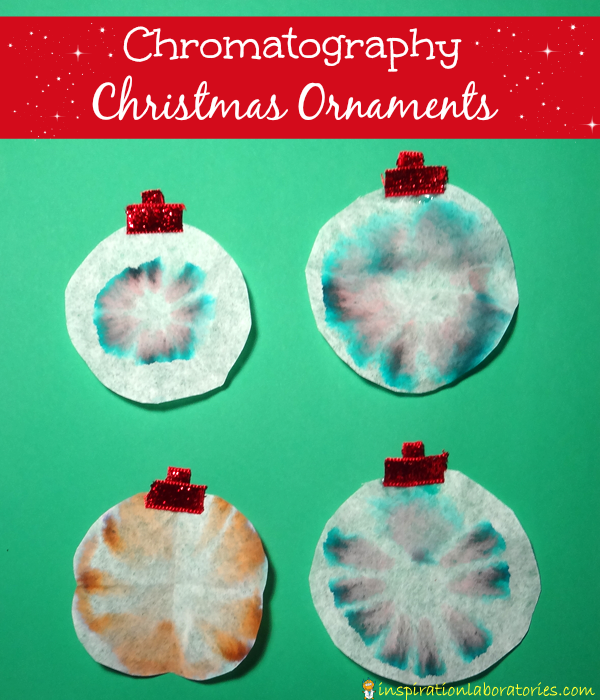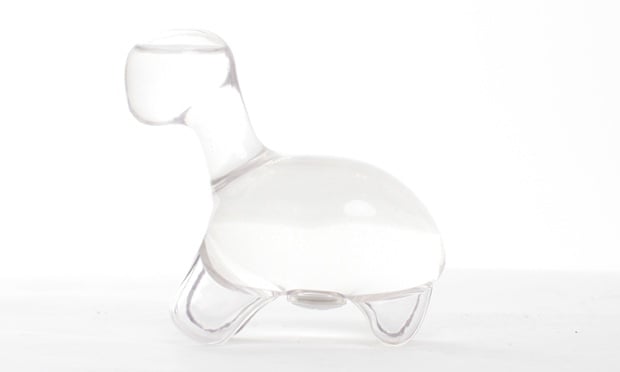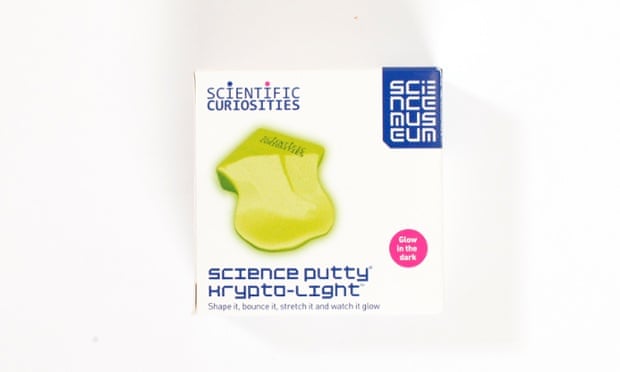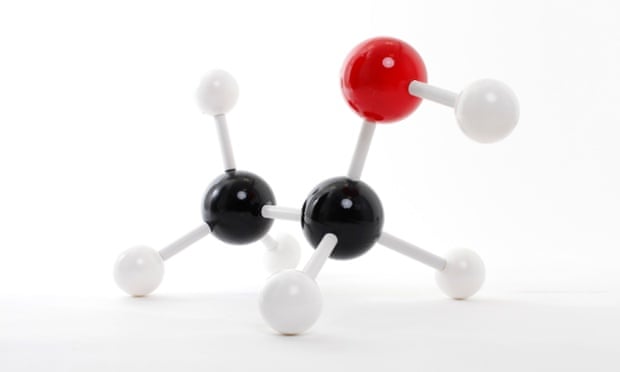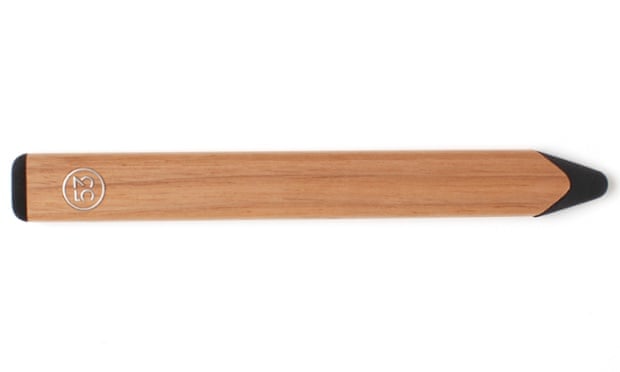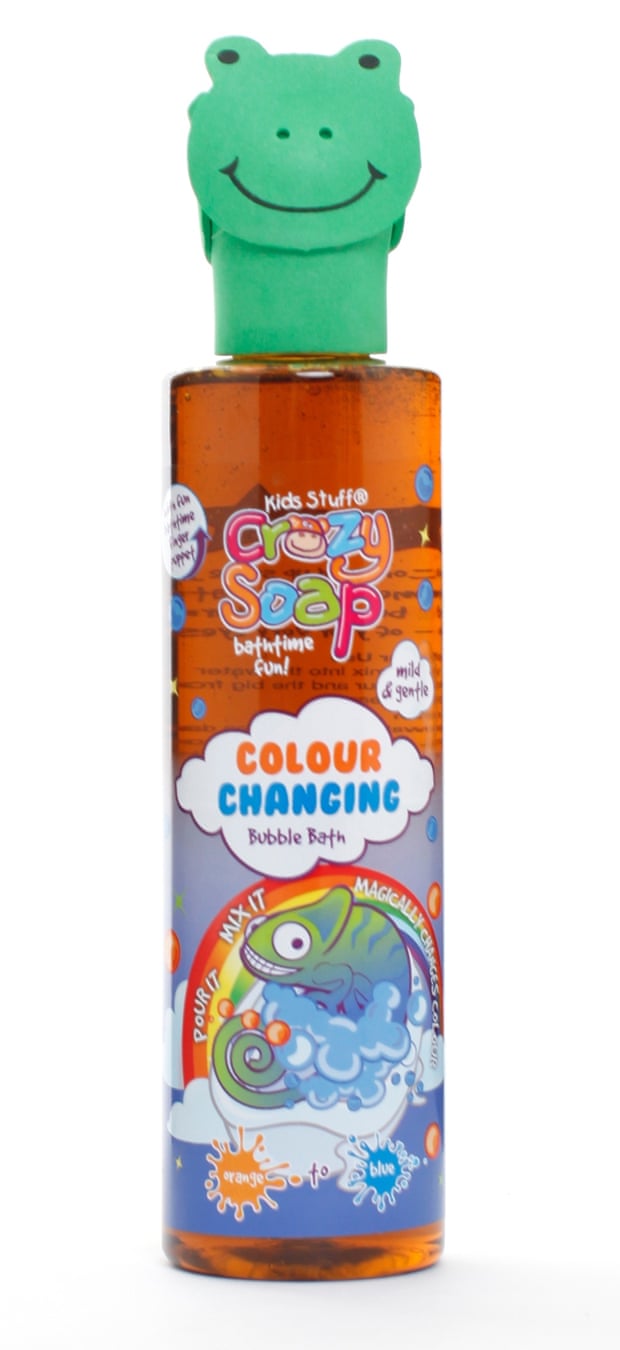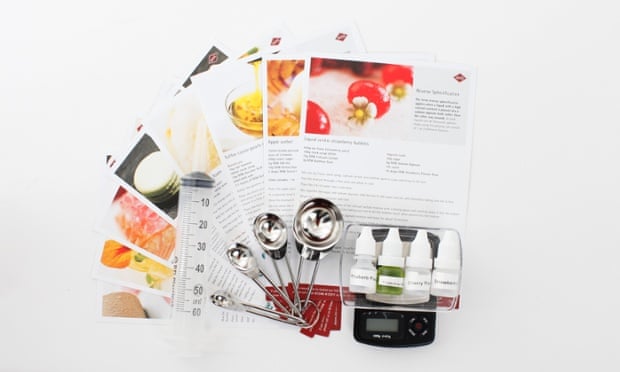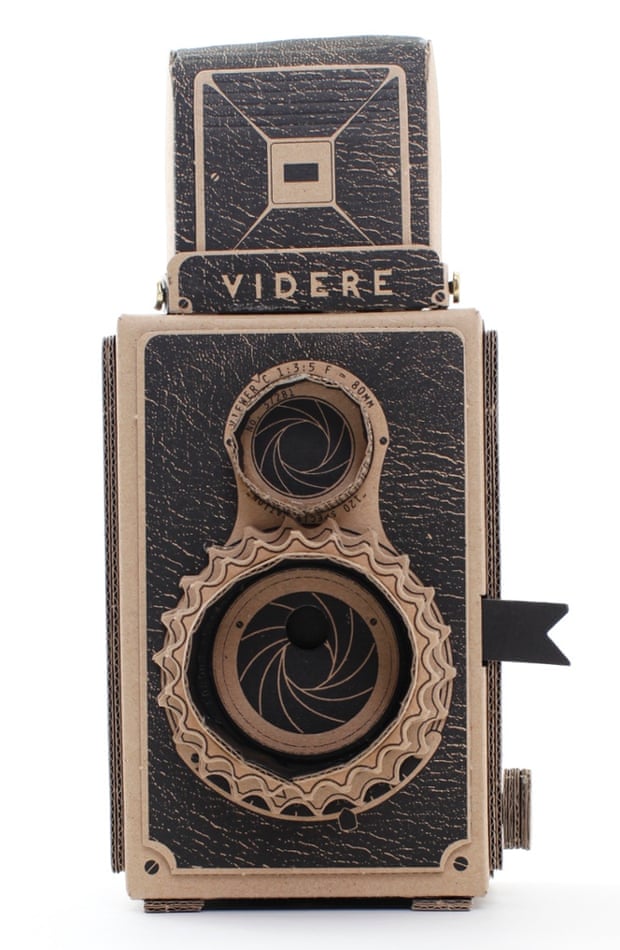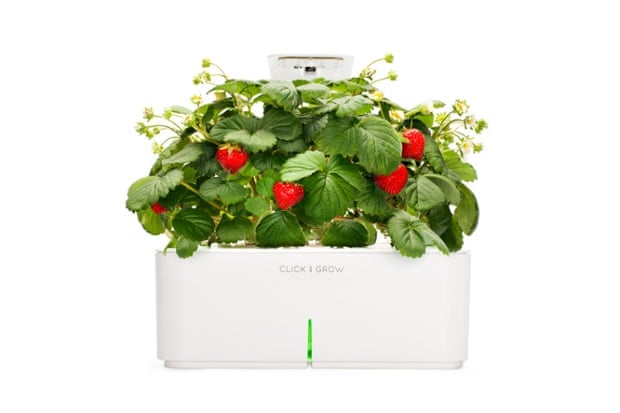Here's the last installment of my advent calendar for this year, I hope you are all having an amazing Christmas, while you are all tucking into your Christmas dinner here's some of the science behind Rudolph the Red nosed Reindeer.
How did Rudolph the Red-Nosed Reindeer get his red nose?
In 1939 an illustrator and author of children's books Robert May created the character of Rudolph (sorry kids!!) which became an instant hit, in the decades to come Rudolph had a song, TV special, all of which cemented him in Christmas tradition. Although it's not all TV, Reindeer's do in fact have red noses!
To many people's surprise this has actually been researched and the results have actually been published in a science journal. There are many reasons why this is the case, one of which being that they have densely packed blood vessels in their nose near the skin's surface. This in fact, is what scientists call "nasal microcirculation". Every Christmas Eve Rudolph pulls Santa's sleigh through every climate - so this kind of circulation is essential for all kinds of extreme temperatures. The tiny blood cells which are known as micro-vessels in the nose which mean the reindeer can control the amount of oxygen delivered and inflammation, as well as regulating temperature. Scientists even used infrared thermal imaging to show that reindeers really do have red noses!
Merry Christmas!! :)

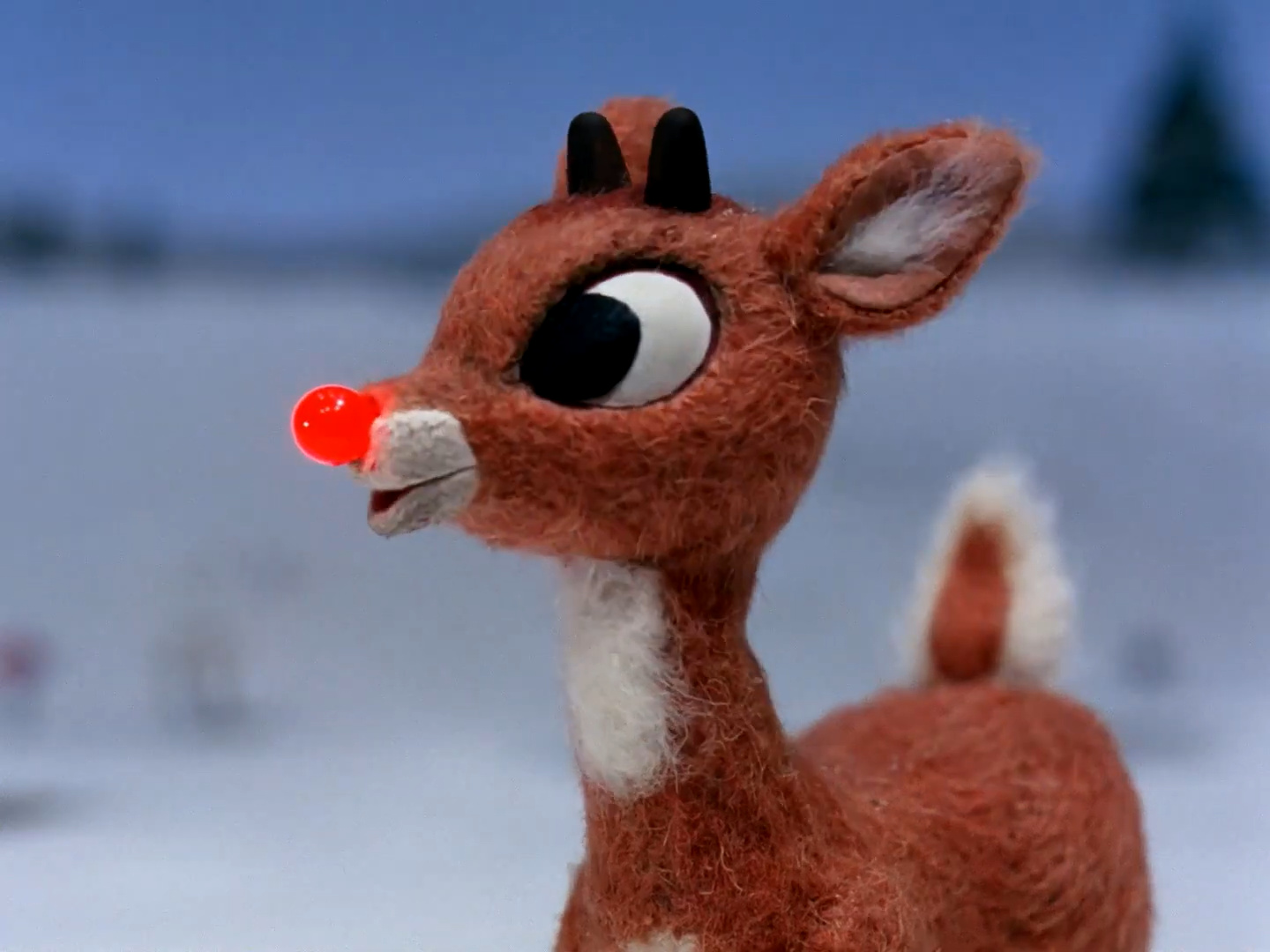








 Santa Claus is based on a fourth-century bishop from modern-day Turkey
Santa Claus is based on a fourth-century bishop from modern-day Turkey The first lighted Christmas tree can be traced to Martin Luther
The first lighted Christmas tree can be traced to Martin Luther A parasitic infection may be the cause of Rudolph's red nose
A parasitic infection may be the cause of Rudolph's red nose Two weeks before Christmas is a popular time for couples to break up
Two weeks before Christmas is a popular time for couples to break up Oklahoma was the last state the declare Christmas a holiday
Oklahoma was the last state the declare Christmas a holiday

















